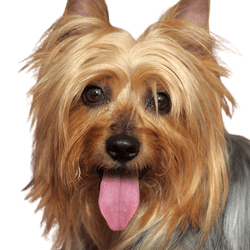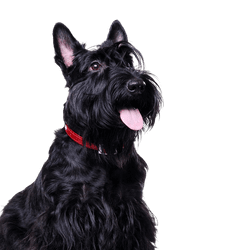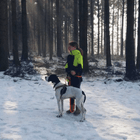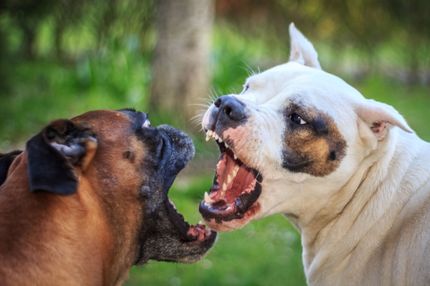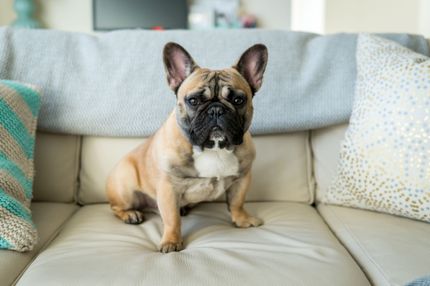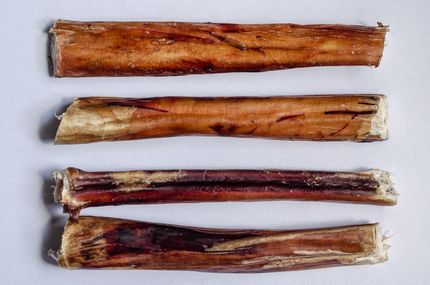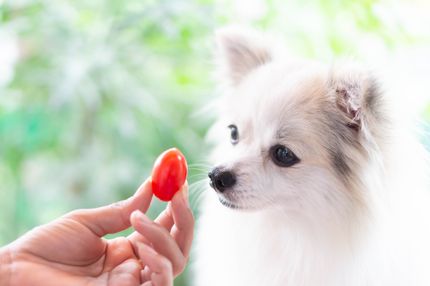Facts & Origin
Origin and history
The Skilky Terrier, also known as the Australian Silky Terrier and Scottish Terrier mix, is an unusual blend of two breeds.
The mix comes from the combination of the boggy, independent Scottish Terrier and its lively, silky Australian compatriot, the Australian Silky Terrier. Their evolutionary history is uncertain, but it is known that both parent breeds were heavily involved in the early stages of Western dog breeding.
| Alternate Name | - |
| Origin | Australia - Scotland |
| Life expectancy | 10 - 16 years |
| Care requirements | high-maintenance |
| Activity level | average |
| FCI group | not recognised |
| AKC group | not recognised |
| KC group | not recognised |
More Australian Silky Terrier mixes
More Scottish terrier mixes
Attitude, character and temperament of the breed
Personality and temperament
The Silky Terrier is known for its friendly, lively and confident nature. Despite its small size, it can display a surprisingly alert and bold personality. Silky Terriers are intelligent and quick learners, but they can also be stubborn, requiring firm-mastery training.
Suitability and attitude
As a family dog, the Skilky Terrier is excellent. This mix is characterized by its agility, intelligence and adaptable nature. This makes it perfect for any type of domestic environment, whether an apartment or a house with a garden. It is important to note that the Skilky is an active dog and needs at least an hour of exercise every day.
Its balanced personality and adaptability also make it an excellent choice for seniors. The Skilky Terrier also socializes well with children and other pets, making it a true family companion .
Usage
Care of the Skilky Terrier
Grooming the Skilky Terrier requires regular brushing to prevent tangles. If needed, the coat should also be professionally trimmed. Be sure to regularly check and clean the dog's eyes and ears to prevent infections.
In addition, this agile, active terrier needs daily exercise and mental stimulation to be happy and balanced.
- Brushing: Daily
- Trimming: As needed
- Eye/ear care: Regularly
- Activity: Lots of exercise and mental stimulation
Health of the Skilky Terrier
Skilky Terriers are generally healthy animals, but may be genetically predisposed to certain health problems. These may include: Patella luxation, allergies, and skin problems. Regular vet exams and a balanced diet can help minimize these risks.
Breeding the Skilky Terrier
Breeders should have extensive knowledge regarding the health and common health problems of the breed. A responsible breeder will take care to maintain healthy lines and avoid inbreeding. In addition, care should be taken to socialize the puppies well and prepare them for life with their future families.
What does this mixed breed look like?
In appearance, the Skilky Terrier strongly resembles its parent breeds. He is small, but compact and robust. He has a long, smooth coat, typical of the Silky Terrier, and a strong, square body structure, like the Scottish Terrier. Coat colors range from blue to black and tan.
| Fur length | long |
| Fur | flat coated |
| Ear shape | Standing Ears |
| Tail | short |
| Anatomy | slim, muscular, rugged, square |
| Size ♀ | 23 - 28 cm |
| Weight ♀ | 3 - 9 kg |
| Size ♂ | 23 - 28 cm |
| Weight ♂ | 3 - 10 kg |
| Suitable For | - |
Known Diseases
Cataract
Cataracts are still one of the most common causes of blindness, even in dogs.
Dermatophytosis
Dermatophytosis (synonym dermatophytosis, from ancient Greek τὸ δέρμα derma, German 'skin' and ancient Greek φυτόν phyton, German 'plant') or tinea (Latin for 'woodworm', 'moth') is a skin fungal disease caused by specific fungi (dermatophytes).
Ureteral ectopy
Ureteral ectopy (also known as ureteral ectopia) is an inherited condition where the ureter (known as the ureter) does not end in the bladder as usual due to a misalignment.
Cancer
May be common in older dogs.
FAQ
-
A Skilky Terrier is a mix between a Scottish Terrier and an Australian Silky Terrier.
-
This dog is loyal, caring, intelligent, confident and very popular as a family dog. He is adaptable and playful, but also energetic and alert.
-
It is important to provide the dog with plenty of activity and to encourage him to engage in regular physical activity. He also needs daily brushing and regular veterinary examinations.
-
Yes, these mixtures can be prone to certain diseases, such as allergies, eye diseases and joint problems. Therefore, such a dog should be regularly examined and treated.
